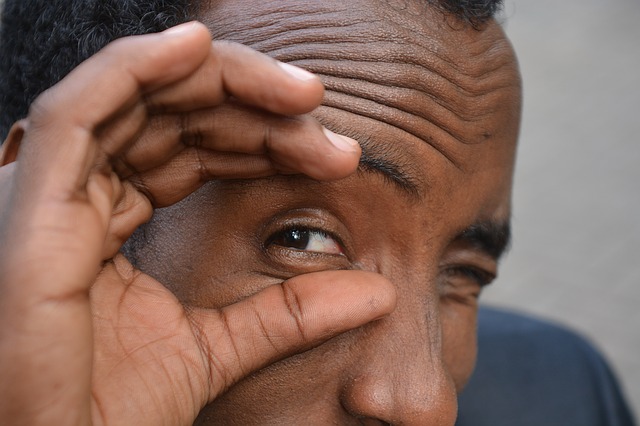Laboratory model missing one copy of Prox1 gene exhibits abnormal increase in fat accumulation around sites of lymph leakage from defective lymphatic vessels, according to St. Jude
Leaky lymphatic vessels are the leading cause of the adult onset obesity observed in a laboratory model developed by investigators at St. Jude Children's Research Hospital. The findings suggest that the abnormal leakage of lymph fluid from the ruptured lymphatic vessels stimulates the accumulation of fat, particularly in regions of the body rich in lymphatics, the researchers said. The lymphatic vasculature (system of capillaries and vessels) that drains lymph is essential for the immune response in inflammation, and is the main route for the spreading of metastatic tumors to the lymph nodes.
The St. Jude investigators showed that removal of one of the two copies of the gene Prox1 disrupts normal development of the lymphatic vasculature, leading to leakage of lymph from ruptured lymphatic vessels, and subsequent obesity. Specifically, the researchers found that adipocytes (fat cells) near leaking lymphatic vessels under the skin and in the abdomen were significantly larger than normal, and therefore able to store more lipids (e.g., fatty acids and triglycerides, used as an energy source).
"This is the first such evidence in an in vivo model showing that defects in the integrity of the lymphatic vasculature could lead to adult obesity," said Guillermo Oliver, Ph.D., an associate member of the Genetics and Tumor Cell Biology Department at St. Jude. "And therefore, this is the first model available for studying obesity linked to faulty lymphatic vessels. It will be an important tool for studying this novel form of adult-onset obesity, as well as diseases of lymphatic vessels, and eventually, extending those findings to humans." Oliver is senior author of a report on this work that appears in the September 18 online issue of Nature Genetics.
The laboratory model (Prox1+/- ) lacked one of two copies of the Prox1 gene, which is required for proper development of the lymphatic system. Previously, Oliver's laboratory reported that Prox1 activity is necessary for the normal development of cells making up the lymphatic vasculature; and that it is the subsequent budding and sprouting of those cells that give rise to the lymphatic system (Cell [98]:769-778; 1999).
Continue Reading Below ↓↓↓
Most Prox1+/- heterozygous (i.e., having only one copy of the gene) models die quickly in the postnatal period as a consequence of extensive lymphatic leakage that accumulates in the abdomen and thorax (chest). "However, those with a milder disruption of their lymphatic vasculature were able to survive and become obese with age," Oliver said.
"Interestingly, those that survived did not develop diabetes, as commonly seen in different types of obesity," he added. "This told us that the type of obesity we were seeing in this laboratory model was different from forms of obesity that are commonly associated with diabetes." The researchers also demonstrated that lymph removed from the abdominal cavity of the Prox1+/- models and added to cultured cells can promote adipocyte differentiation, most likely due to certain factors present in the collected lymph.
"Our findings might encourage physicians to consider that at least some of their obese patients might be suffering from a problem that can't be solved by eating less and exercising more," Oliver said. Just as many vascular disorders arise because of blood vessel defects, other defects of the closely related lymphatic vessels in addition to edema could also occur in humans, he added.
Other authors of the report include Natasha L. Harvey, R. Sathish Srinivasan, Mirian E. Dillard, Nicole C. Johnson, and Kelli Boyd (St. Jude); Marlys H. Witte (University of Arizona College of Medicine; Tucson); and Mark W. Sleeman (Regeneron Pharmaceuticals, Inc.; Tarrytown, NY).
This work was supported in part by the National Institutes of Health, a Cancer Center Support Grant and ALSAC.
St. Jude Children's Research Hospital is internationally recognized for its pioneering work in finding cures and saving children with cancer and other catastrophic diseases. Founded by late entertainer Danny Thomas and based in Memphis, Tenn., St. Jude freely shares its discoveries with scientific and medical communities around the world. No family ever pays for treatments not covered by insurance, and families without insurance are never asked to pay. St. Jude is financially supported by ALSAC, its fund-raising organization. For more information, please visit www.stjude.org.
Source: St. Jude Children’s Research Hospital










